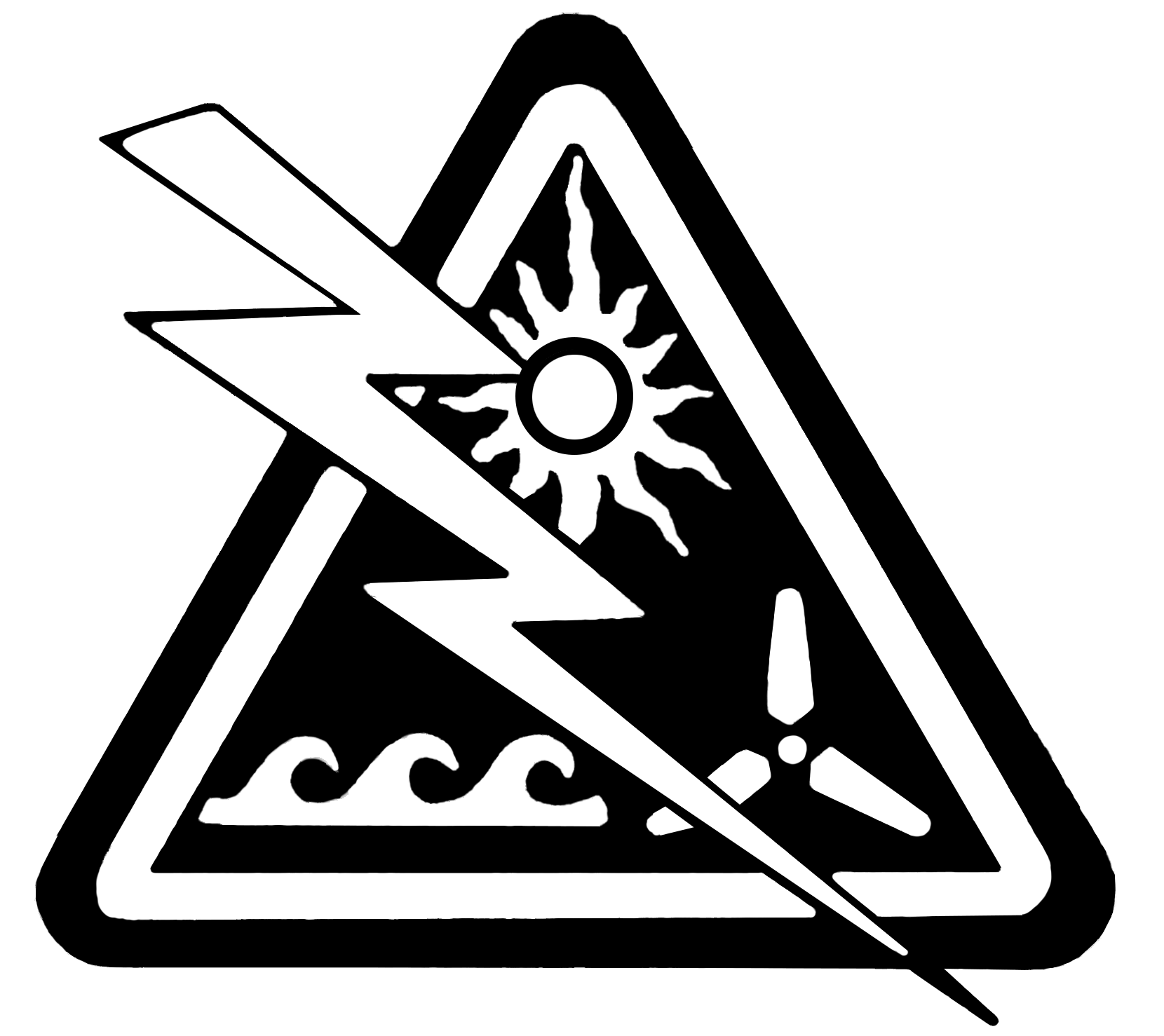While AEE Solar provides preconfigured solutions for most common applications, budget, roof dimensions and other site-specific factors sometimes call for custom system design. A grid-connected PV system consists of PV modules, output cables, a module mounting structure, AC and DC disconnect switches, inverter(s), grounding equipment and a metering system, as shown in the diagram below.
The Grid-Tie System Worksheet is designed to help contractors size a PV array to offset all of their client's electrical usage. Which the largest system that would be cost-effective to install. A smaller system can reduce part of the electric bill, and in locations with tiered or progressive rates, it may have a faster financial payback. Compare the worksheet result with the amount of available space to get a rough idea of the maximum PV array size.
Worksheet: Grid-Tie PV System Design
Determine array size for a grid-connected system
| Step 1: | Determine the daily average electricity usage from the electric bills. This will be in kilowatt hours (kWh). Due to air conditioning, heating and other seasonal usage, it is a good idea to add up all the bills for the year, then divide by 365 to find the average daily usage. |
| Step 2: |
Find the location's average peak sun hours per day. For example, the average for Central California is 5 sun hours. |
| Step 3: |
Calculate the system size (AC watts) needed to offset the average usage. Divide the daily average electricity use by average sun hours per day. For example, if the daily average electricity use is 30 kWh and the site is in California, system size would be: 30 kWh / 5 h = 6 kW AC. Multiply kWh by 1000 to get AC watts. |
| Step 4: |
Calculate the number of PV modules required for this system. Divide the system AC watts in Step 4 by the CEC watt rating of the modules to be used, and then divide by the inverter efficiency, usually 0.94 to 0.98, to get the total number of modules required. Round this number up. Select inverter(s) and determine string configuration. String sizing information is available at www.SMA-America.com If you have problems determining your Inverter String Sizing Selection, our qualified technicians can assist you. |
| Step 5: |
Select the inverter/module combination that is closest to the desired system size. The table below shows inverter and module combinations for our most popular modules and grid-tie inverters. For a given inverter and module combination, the table displays the recommended number of series strings of modules and the number of modules per string for temperatures between 14°F and 104°F. Where the inverter will support more than one string of modules, the table shows the number of modules that can be used with multiple strings. Sizing is accurate in locations where the maximum temperature is lower than 104°F and the minimum temperature is higher than 14°F. In locations where the minimum temperature is lower than 14°F, the maximum number of modules per string may be lower! The line labeled "CEC Watts" is the expected output of the modules at normal operating temperature, in full sun. The approximate power output of a system in full sun will be the number of modules multiplied by the CEC rating of the modules multiplied by the inverter efficiency from the second column in the table. Other factors, such as high or low temperature, shading, array orientation, roof pitch and dirt on the modules, will affect the system's actual output. |

NOTE: Do not use 60-cell modules in strings of 14 or greater in locations with record low temperatures below 10°F (-12°C) as the string may exceed 600 VDC in these conditions. This does not apply to SolarEdge systems or Enphase inverters, which control voltage at the module level.
